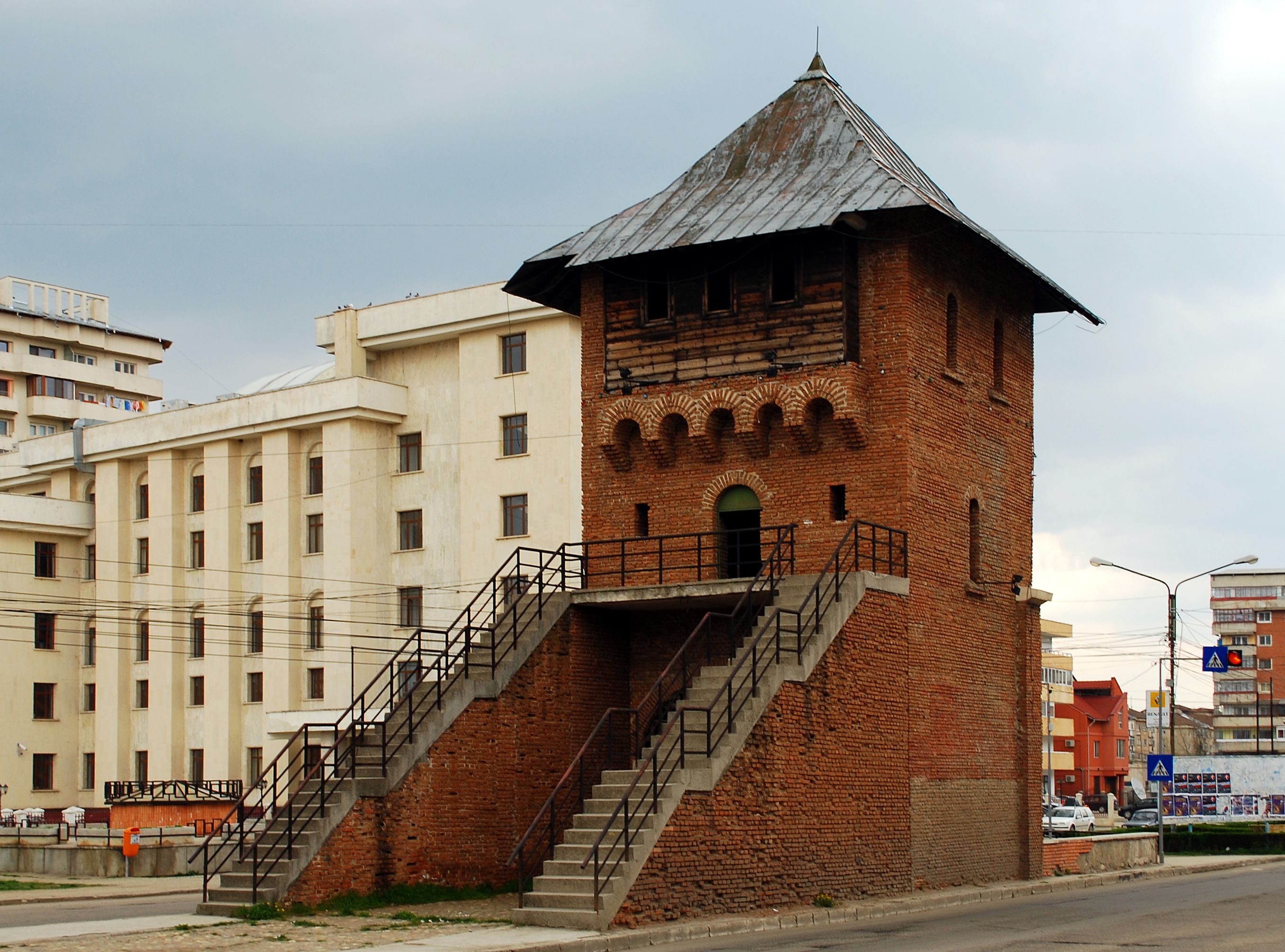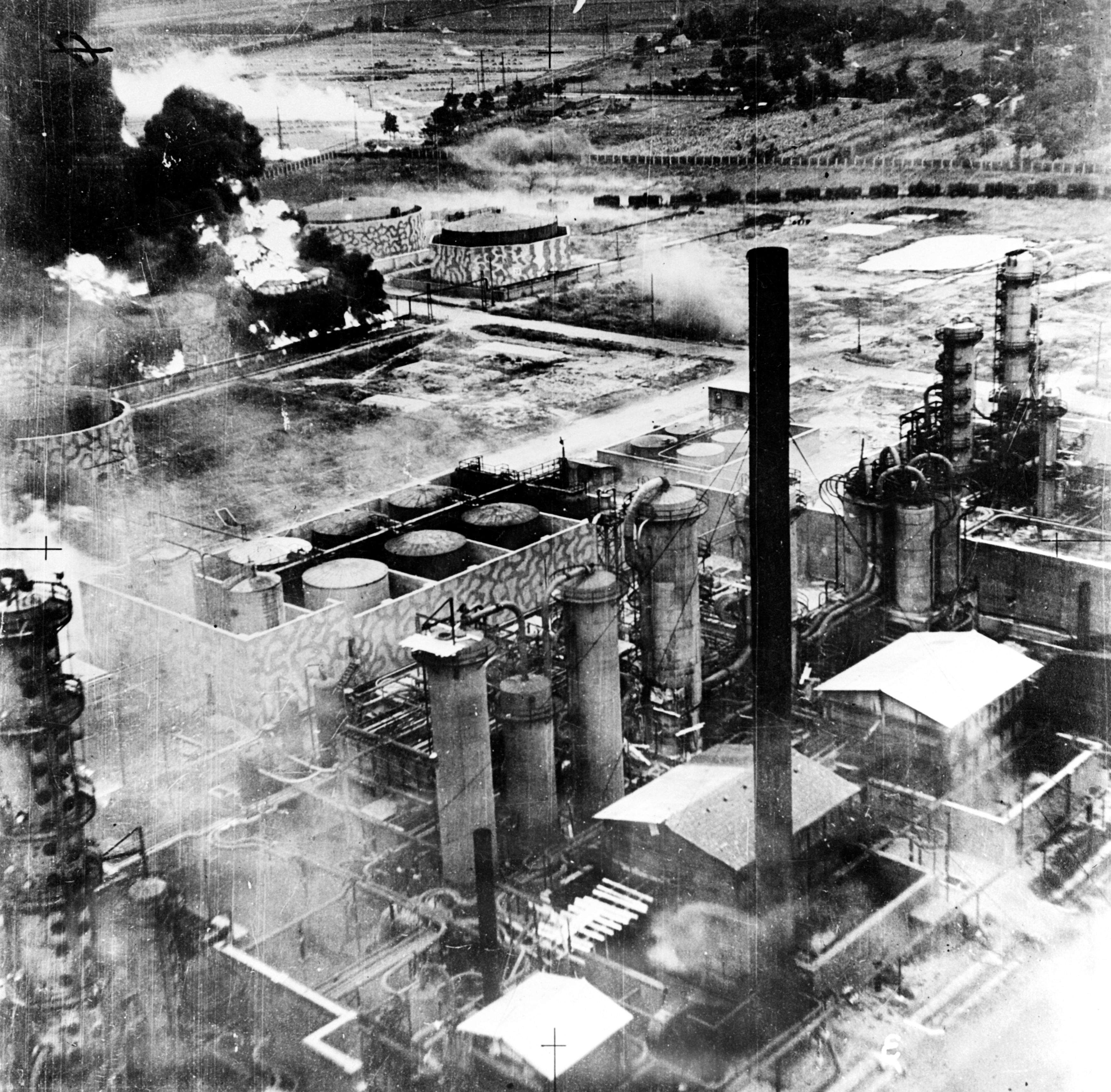|
Vârfuri
Vârfuri is a commune in Dâmbovița County, Muntenia, Romania, with a population of 1,842 people. It is composed of seven villages: Cârlănești, Cojoiu, Merișoru, Stătești, Șuvița, Ulmetu, and Vârfuri. It is located outside the town of Pucioasa. History In the years right around 1800, the commune's village was called Vârfu, a name that emerged from a census of Dâmbovița County, carried out in 1810 and which states "Vârfu village has 45 houses, 60 men and 82 women". Then, the Vârfu name turned into Vârfuri. This name was mentioned in the "List of Candidates' Rights and Buildings", and this name kept. In some documents found in the State Archives – Prefect Fund as: "Rural Reform in 1864", "General Budget 1919–1920", the name of the village is "Vârfuri". The name "Vârfuri" is also mentioned in the "Geography of Dâmbovița County" in 1887, which describes the commune as follows: At the end of the 19th century, the Vârfurile commune was part of the Ialomița-D ... [...More Info...] [...Related Items...] OR: [Wikipedia] [Google] [Baidu] |
Dâmbovița County
Dâmbovița County (also spelt ''Dîmbovița'', ) is a county ( județ) of Romania, in Muntenia, with the capital city at Târgoviște, the most important economic, political, administrative and cultural center of the county. It has an area of 4,054 km (1.7% of the country's area). Demographics In 2011, it had a population of 518,745 and the population density was 127/km2. It is one of the most densely populated counties in Romania. * Romanians – 96% * Roma (Gypsies) and others – 4% Name The county is named after the Dâmbovița River, which is a name of Slavic origin, derived from ''Дъб, dâmb'', meaning "oak", as it once flowed through the oak forests of the Wallachian Plain. Geography Dâmbovița county has a total area of 4,054 km2. The county's landscape has three main forms. In the north there are mountains from the Southern Carpathians group – the Bucegi Mountains and the Leaotă Mountains. In the center there are the sub-Carpathian hills an ... [...More Info...] [...Related Items...] OR: [Wikipedia] [Google] [Baidu] |
Commune In Romania
A commune (''comună'' in Romanian language, Romanian) is the lowest level of administrative subdivision in Romania. There are 2,686 communes in Romania. The commune is the rural subdivision of a Counties of Romania, county. Urban areas, such as towns and cities within a county, are given the status of ''Cities in Romania, city'' or ''Municipality in Romania, municipality''. In principle, a commune can contain any size population, but in practice, when a commune becomes relatively urbanised and exceeds approximately 10,000 residents, it is usually granted city status. Although cities are on the same administrative level as communes, their local governments are structured in a way that gives them more power. Some urban or semi-urban areas of fewer than 10,000 inhabitants have also been given city status. Each commune is administered by a mayor (''primar'' in Romanian). A commune is made up of one or more villages which do not themselves have an administrative function. Communes ... [...More Info...] [...Related Items...] OR: [Wikipedia] [Google] [Baidu] |
Muntenia
Muntenia (, also known in English as Greater Wallachia) is a historical region of Romania, part of Wallachia (also, sometimes considered Wallachia proper, as ''Muntenia'', ''Țara Românească'', and the seldom used ''Valahia'' are synonyms in Romanian). It is situated between the Danube (south and east), the Carpathian Mountains (the Transylvanian Alps branch) and Moldavia (both north), and the Olt River to the west. The latter river is the border between Muntenia and Oltenia (or ''Lesser Wallachia''). Part of the traditional border between Wallachia/Muntenia and Moldavia was formed by the rivers Milcov and Siret. Geography Muntenia includes București - Ilfov, Sud - Muntenia, and part of the Sud-Est development regions. It consists of ten counties entirely: * Brăila * Buzău * Călărași * Argeș * Dâmbovița * Giurgiu * Ialomița * Ilfov * Prahova And parts of four others: * Teleorman (the entire county with the exception of Islaz) * Vrancea (southern part) * ... [...More Info...] [...Related Items...] OR: [Wikipedia] [Google] [Baidu] |
Romania
Romania ( ; ro, România ) is a country located at the crossroads of Central Europe, Central, Eastern Europe, Eastern, and Southeast Europe, Southeastern Europe. It borders Bulgaria to the south, Ukraine to the north, Hungary to the west, Serbia to the southwest, Moldova to the east, and the Black Sea to the southeast. It has a predominantly Temperate climate, temperate-continental climate, and an area of , with a population of around 19 million. Romania is the List of European countries by area, twelfth-largest country in Europe and the List of European Union member states by population, sixth-most populous member state of the European Union. Its capital and largest city is Bucharest, followed by Iași, Cluj-Napoca, Timișoara, Constanța, Craiova, Brașov, and Galați. The Danube, Europe's second-longest river, rises in Germany's Black Forest and flows in a southeasterly direction for , before emptying into Romania's Danube Delta. The Carpathian Mountains, which cross Roma ... [...More Info...] [...Related Items...] OR: [Wikipedia] [Google] [Baidu] |
Pucioasa
Pucioasa () is a town in Dâmbovița County, Muntenia, Romania. It administers six villages: Bela, Diaconești, Glodeni, Malurile, Miculești and Pucioasa-Sat. The town is located on the middle course of the Ialomița River, north of Târgoviște, in the central, hilly area of the county, from its southern limit and from its northern limit. History The name of the town dates from 20 September 1649, when it was mentioned in a document as "Piatra Pucioasă" (meaning Brimstone, referring to the sulphur resources nearby). Natives * Alexandru Bădoiu * Cristian Bălașa Cristian Bălașa (born 27 December 1972) is a Romanian professional football manager and former football player. He is currently the sporting director of Liga II club Concordia Chiajna. Club career Bălașa made his Liga I debut on 31 July 199 ... * Romulus Ciobanu * Florentin Rădulescu References Towns in Romania Populated places in Dâmbovița County Localities in Muntenia {{ ... [...More Info...] [...Related Items...] OR: [Wikipedia] [Google] [Baidu] |
Raion
A raion (also spelt rayon) is a type of administrative unit of several post-Soviet states. The term is used for both a type of subnational entity and a division of a city. The word is from the French (meaning 'honeycomb, department'), and is commonly translated as "district" in English. A raion is a standardized administrative entity across most of the former Soviet Union and is usually a subdivision two steps below the national level, such as a subdivision of an oblast. However, in smaller USSR republics, it could be the primary level of administrative division. After the fall of the Soviet Union, some of the republics kept the ''raion'' (e.g. Azerbaijan, Belarus, Ukraine, Russia, Moldova, Kazakhstan, Kyrgyzstan) while others dropped it (e.g. Georgia, Uzbekistan, Estonia, Lithuania, Latvia, Armenia, Tajikistan, Turkmenistan). In Bulgaria, it refers to an internal administrative subdivision of a city not related to the administrative division of the country as a whole, or, i ... [...More Info...] [...Related Items...] OR: [Wikipedia] [Google] [Baidu] |
Prahova Region
Prahova may refer to: * Prahova (river), Romania * Prahova Valley, Romania * Prahova County, named after the river Prahova, Romania ** Prahova Ploieşti, a football club based in Ploieşti, Romania ** Stadionul Prahova Prahova Stadium was a football-only stadium in Ploieşti, Romania. It was the home ground of Prahova Ploieşti. It was used mostly for football matches and is the home ground of the reserve and youth teams of football teams of Astra Ploieşti. T ..., a football-only stadium in Ploieşti, Romania See also * Prahovo, a village in the municipality of Negotin, Serbia {{disambiguation, geo ... [...More Info...] [...Related Items...] OR: [Wikipedia] [Google] [Baidu] |
Târgoviște
Târgoviște (, alternatively spelled ''Tîrgoviște''; german: Tergowisch) is a city and county seat in Dâmbovița County, Romania. It is situated north-west of Bucharest, on the right bank of the Ialomița River. Târgoviște was one of the most important cities in the history of Wallachia, as it was its capital between the early 15th and 16th centuries. At the 2011 census, the city had a population of 79,610 people, making it the 26th largest in the country. Name The name ''Târgoviște'' is a Slavic name which the city acquired in the Middle Ages. It is derived from the old Slavonic word for "marketplace", referring to the place rather than the market itself. The name is found in placenames not only in South Slavic areas (Bulgarian Targovishte, Търговище, Serbian Trgovište, Трговиште and Croatian ''Veliko Trgovišće''), but also in West Slavic such as Slovak ''Trhovište'' or Polish ''Targowica, Lower Silesian Voivodeship, Targowica''. Additionally, ... [...More Info...] [...Related Items...] OR: [Wikipedia] [Google] [Baidu] |
Ploiești Region
Ploiești ( , , ), formerly spelled Ploești, is a city and county seat in Prahova County, Romania. Part of the historical region of Muntenia, it is located north of Bucharest. The area of Ploiești is around , and it borders the Blejoi commune in the north, Bărcănești and Brazi communes in the south, Târgșoru Vechi commune in the west, and Bucov and Berceni communes in the east. According to the 2011 Romanian census, there were 201,226 people living within the city limits, making it the ninth most populous in the country. The city grew beginning with the 17th century on an estate bought by Michael the Brave from the local landlords, gradually taking the place of the nearby Wallachian fairs of Târgșor, Gherghița and Bucov. Its evolution was accelerated by heavy industrialisation, with the world's first systematic petroleum refinery being opened in 1856–1857. Following massive exploitation of the oil deposits in the area, Ploiești earned the nickname of "the Capital ... [...More Info...] [...Related Items...] OR: [Wikipedia] [Google] [Baidu] |
Communes In Dâmbovița County
An intentional community is a voluntary residential community which is designed to have a high degree of social cohesion and teamwork from the start. The members of an intentional community typically hold a common social, political, religious, or spiritual vision, and typically share responsibilities and property. This way of life is sometimes characterized as an "alternative lifestyle". Intentional communities can be seen as social experiments or communal experiments. The multitude of intentional communities includes collective households, cohousing communities, coliving, ecovillages, monasteries, survivalist retreats, kibbutzim, hutterites, ashrams, and housing cooperatives. History Ashrams are likely the earliest intentional communities founded around 1500 BCE, while Buddhist monasteries appeared around 500 BCE. Pythagoras founded an intellectual vegetarian commune in about 525 BCE in southern Italy. Hundreds of modern intentional communities were formed across Europ ... [...More Info...] [...Related Items...] OR: [Wikipedia] [Google] [Baidu] |



